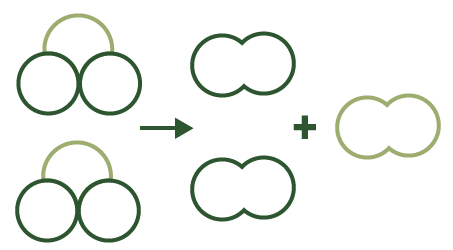Energy Changes During Reactions

VIDEO 20
Video 20
From Reactants to Products: The Energetic Journey
Learning Objective:
Recall the Principle of conservation of energy and distinguish between endothermic and exothermic reactions.
Attribution
From Reactants to Products: The Energetic Journey by Natasha Ramroop Singh and the TRU Open Press is licensed under a CC BY-NC-SA 4.0 license.
Citation Information
Use the information listed below to generate a citation for this video.
- Authors: Natasha Ramroop Singh, TRU Open Press
- Publisher: TRU Open Press
- Website: Chemistry for Biologists
- Title: From Reactants to Products: The Energetic Journey
- Publication Date: March 14, 2024
- Location: Kamloops, British Columbia
- Video URL: https://barabus.tru.ca/media/openpress/biol1110/20.mp4
- Page URL: https://chemistryforbiologists.trubox.ca/2024/03/14/20-from-reactants-to-products-the-energetic-journey/
- Website URL: https://chemistryforbiologists.trubox.ca/
Transcript:
The video transcripts are accessible for viewing and downloading below.
Video 20
Pre-video Activity
Please attempt these questions BEFORE you watch the Video below and click “submit” when you are done
Video 20
Now that you have looked at the video, and you understand everything that was explained, please attempt these same questions again to track your learning progress! Click “submit” when you are done
